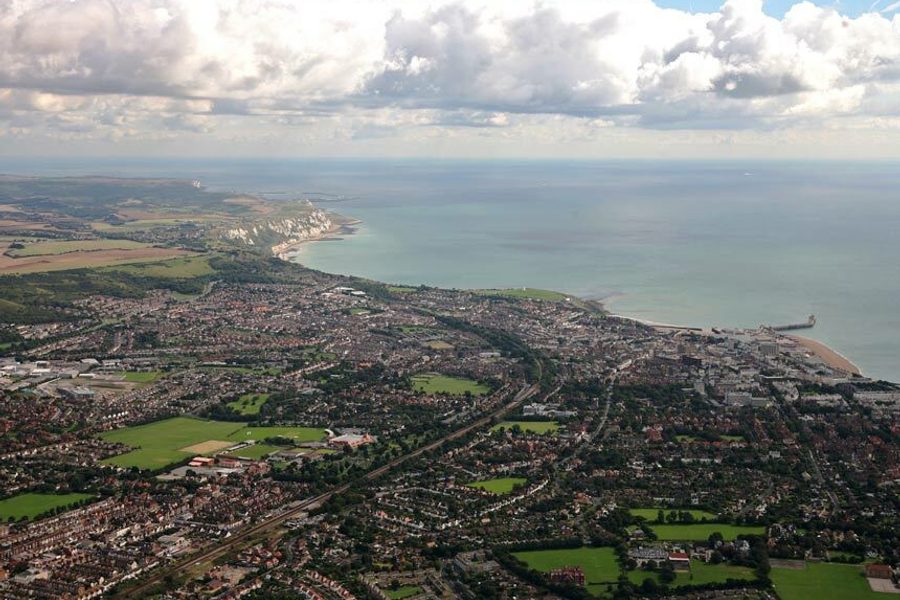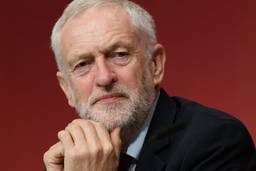
“Exotic” may not be the first word that comes to mind in describing Folkestone, the south coast town my older son, born and bred a Londoner, has just moved to. But exotic is how it sometimes seems to him. Like many, he can no longer afford to live in London, and towns along the south coast are filling up with what the natives — with more than a flicker of disapproval — call DFLs, Down from Londoners.
Folkestone has a bit of everything. The remains of a seventhcentury saint are thought to lie beneath the local church. Dickens rented a house there for his children’s school holidays. It’s been a much-used trading port. Trains took thousands of young men to the quay, where they boarded ships to France and an early death in the First World War. The town is still a garrison town, home to the Royal Gurkha Rifles and other regiments. Before the construction of the Channel tunnel, Folkestone was also once the main port for ferries to France. And, in 2004, a local oligarch bought the whole harbour for several million pounds. He renamed it “The Creative Quarter” and lets out its pretty, somewhat dishevelled shops, so that you can buy unusual grains, fake medals from both world wars, framed photographs of Spitfires and their proud pilots, etc., for a song.
You can see the coast of France from the beach on a clear day, and even on a misty one there are sailing boats and huge container ships moving slowly across the horizon, from Dover to Boulogne or Dunkirk. In June 2016, 62 percent of the people in the Shepway district, of which Folkestone is a part, voted to leave Europe. The once-busy fishing industry is much reduced, but it is not clear that fishermen’s anger over E.U. quotas fully explains Folkestone’s hostility to the European Union or why the UK Independence Party (UKIP) is a flourishing political presence there. Nor is the town full of “immigrants,” though there is dark talk of small rubber boats landing on its pebbly beach in the night, full of refugees from Calais. Once-grand hotels, fit for royal adulterers, have now lost their stuccoed glamour and are said to be full of Londoners and others living on government benefit, though some houses are being restored. They line the sinuous Road of Remembrance decorated with World War I memorial seats and plaques and thousands upon thousands of crocheted poppies.
There is much surmising about who made up the dastardly majority that have voted us out of Europe. Roughly speaking, they are said to be old rather than young, poor rather than rich, northern rather than southern. Yet, in the southeastern county of Kent, 59 percent voted in favour of leaving, and almost as many did in Cornwall, in the southwest: Cornwall stands to lose over £2 billion of E.U. funds as a result. There are several versions of what happened: one version is that cynical Westminster figures lied and misled these simple folk, some of whom may even have imagined that “leave” meant “leave things as they are.” Those “left behinds” seem to have fueled the surge in votes for UKIP in Shepway in 2015, with Conservatives retaining the seat while Labour’s support declined and the Liberal Democrats were decimated. If the landlady and her customers at the pub opposite my son’s new home are anything to go by, the leave voters just wanted to put a finger in the eye of all those swanks and toffs in London.
We’ve been told what the majority wants, though it looks more and more likely that we’ll not manage it — that the Civil Service will be overwhelmed by the paperwork and that both the main political parties will be too busy committing harakiri to give their minds to the details of the separation and the divorce. The hope is that the government will manage to keep us in the “single market,” which allows us to trade with Europe and avoid tariffs, while also letting us control our borders in defiance of E.U. insistence on the free movement of people. At some point we will have to come off our high horse and admit that getting both those things is not possible.
Meanwhile, Folkestone has the sea and the hills, its fish and chip shops and its gulls (a noisy, hectoring and protected species) and its far cheaper houses. Perhaps the arrival of all these Londoners will help the natives to forget how passionately they wanted to get out of Europe. But perhaps it won’t.









